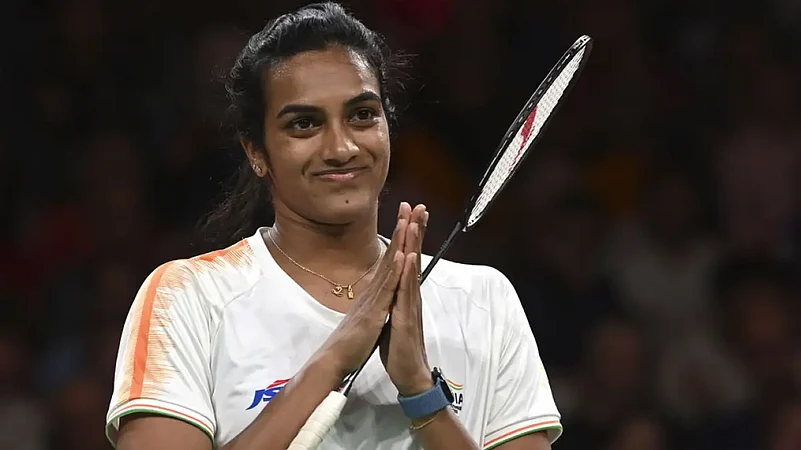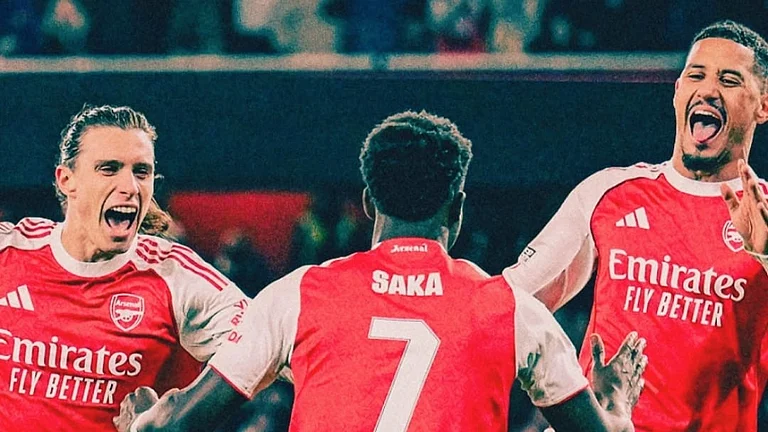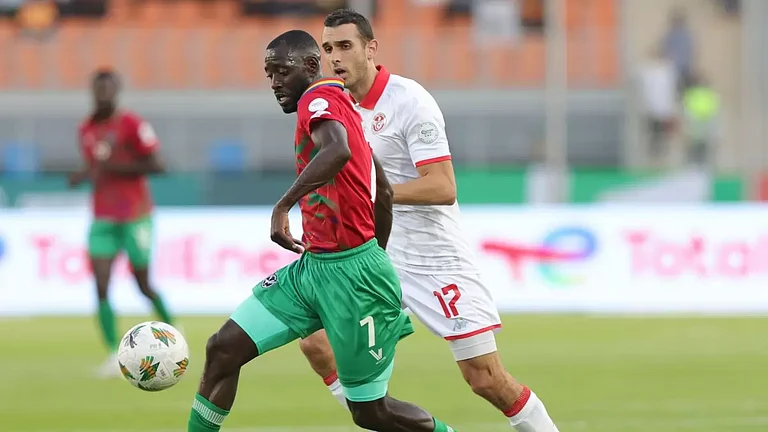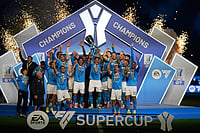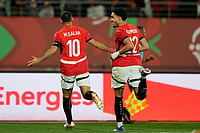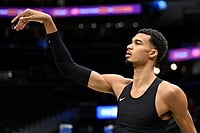India has 12 and 11 players in the men’s and women’s top-100, respectively, in world badminton. A majority of them have a link to Hyderabad, or Andhra Pradesh and Telangana. Some come from the region, such as PV Sindhu, the highest-ranked Indian women’s player (former world no.2 and current no.12). Else they have moved there, like former world No.1 and current No. 31 Saina Nehwal, and HS Prannoy, currently the highest-ranked Indian men’s player (world No.9).
Lakshya Sen, who recently won the Canada Open, is an Almora and Bangalore product. But he’s an exception. For most of the players, the road to shuttling excellence passes through Hyderabad.
Is it the air, the water, the biryani?
It’s Gopichand. And SM Arif and Bhaskar Babu. And other dedicated coaches like them.
It’s the infrastructure. Hundreds of courts and state of the art academies with gyms, pools and nutrition experts.
But mainly, it’s Gopichand.
“There is only one man. There is only one temple. That’s Gopi Sir [and his academies],” says Satwiksairaj Rankireddy, who hails from Amalapuram, Andhra Pradesh, and whose partnership with Chirag Shetty has fetched numerous successes, most recently the Super 1000 Indonesia Open. “There's a lot of positivity here and a lot of facilities. Everyone feels settled, even the players from outside.”
Gopichand, the 2001 All-England champion, and his wife PVV Lakshmi are originally from Andhra. Prior to their marriage, both were top players on the circuit, and became national champions. Then Gopichand won the All England and reached a pinnacle which only Prakash Padukone had attained before.
Even though Gopichand made it to the highest echelons, he had always felt the shortage of quality coaching and infrastructure in India. Post career, he focused on filling that gap.
“If you look at pre 1994-95, Andhra did not even have a national champion. We’d probably be the third and fourth team just in the south zone,” Gopichand tells ‘Outlook’, tracing the emergence of Hyderabad as the nursery of Indian badminton. “So it’s not like we have a history [of producing players].”
He then talks about the factors that brought about a transformation.
“I think [it started] somewhere in the 90s… Arif Sir was coaching, then Lakshmi became the national champion, and then I became the national champion. Later, I started coaching a bunch of young kids in Gachibowli in 2004. And as time went by, we had players like Saina, Prannoy, Srikanth (Kidambi), Satwik (Rankireddy), Chirag (Shetty), Praneeth (Sai), P Kashyap, and then some more. These players have produced some great results. And looking at them players from outside started joining. So it’s a combination of results, infrastructure and the culture at the academy [that has made Hyderabad the capital of Indian badminton].”
The self-effacing Gopichand skipped mentioning his All England win in his analysis. But it was the main reason he got the land and the Rs 13 crore he needed for an academy. In 2003, the Andhra government allotted him five acres of land for the project. But it wasn’t easy to get the required cash. Early requests for sponsorship went unheeded. Fed up of asking people for help, but determined to pursue his goal, Gopichand and his family mortgaged their house for a bank loan of Rs 3 crore. Then the industrialist Nimmagada Prasad contributed Rs 5 crore, on the condition that the academy produces an Olympic medallist. The remainder of the amount fell in place through other donations.
The rest is history. At the 2012 London Olympics, just four years after the academy officially started, Nehwal won the bronze. At the 2016 and 2020 Olympics, Sindhu won silver and bronze, respectively. Over the years, Indian players won several other honours in women’s and men’s badminton. Today Gopichand, who is also the chief national coach, presides over three centres in Hyderabad and 23 courts in total. His latest academy was opened this April in collaboration with Kotak Mahindra Bank.
“Today the need is to produce not just more players, but also more coaches,” Gopichand says. “That became a challenge as I was quite busy with a lot of things and couldn’t travel for all the tournaments, and we needed more coaches to be in the ecosystem. That’s the reason we opened our third academy.”
Bhaskar Babu is another respected coach from the Andhra-Telangana region. He feels it is the dedication and non-mercenary nature of coaches that has made the state the capital of Indian badminton.
“We have very good facilities here, there are so many academies. But most importantly people are committed. The players, their parents as well as their coaches are sincere. And coaches don’t look at their job as a means to make money,” says Bhaskar Babu, the sound of shuttles being hit audible on the phone. He is 65, but is at the courts of the BBBA (Bhaskar Babu Badminton Academy) in Dundigal, Telangana, at 5.30 most mornings. This commitment is reflective of most coaches in and around Hyderabad.
Chirag Shetty appreciates the role Hyderabad has played in the growth of Indian badminton. Shetty, who is from Mumbai but trains in Hyderabad, says, “Just the number of academies and courts that are there in Hyderabad – only Bangalore comes close. And it has really boomed in the last few years. The sport is huge in Hyderabad. And I think that's one of the reasons why so many people want to come here.”
Rupesh Somani, whose children Pranit and Navika are students of Bhaskar Babu, has seen what Hyderabad has to offer first hand.
“There are so many academies and courts in Hyderabad. It’s almost like football in Argentina or Brazil, where every single corner has a ground. Or Indonesia or Malaysia, where you will see badminton courts everywhere,” Somani says. “It’s simple. If there are courts, people will play, and then if they like the sport they will stick with it.”
For many years, Gopichand’s day would start at around 4 every morning, as he’d prepare to head to the courts of his academy. A clean-living man, he would never have sugar. Now his day starts at six and he allows himself a little sweet. “I’m much more liberal with myself,” he says. He’s earned it. And so have the other coaches and players who have helped make Hyderabad and its surrounding parts fertile badminton ground.






